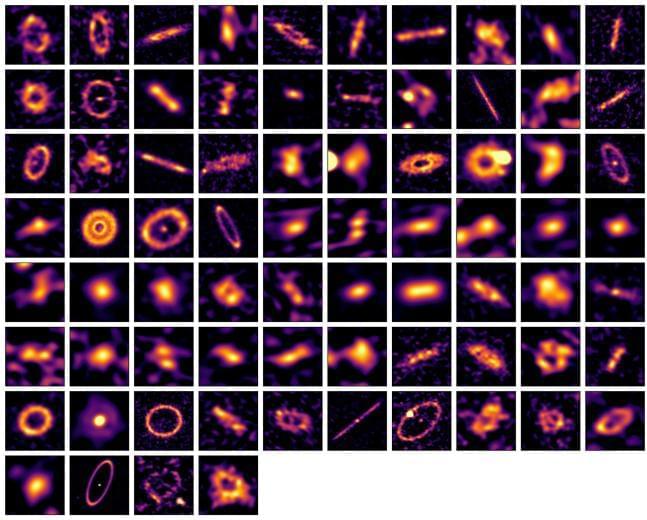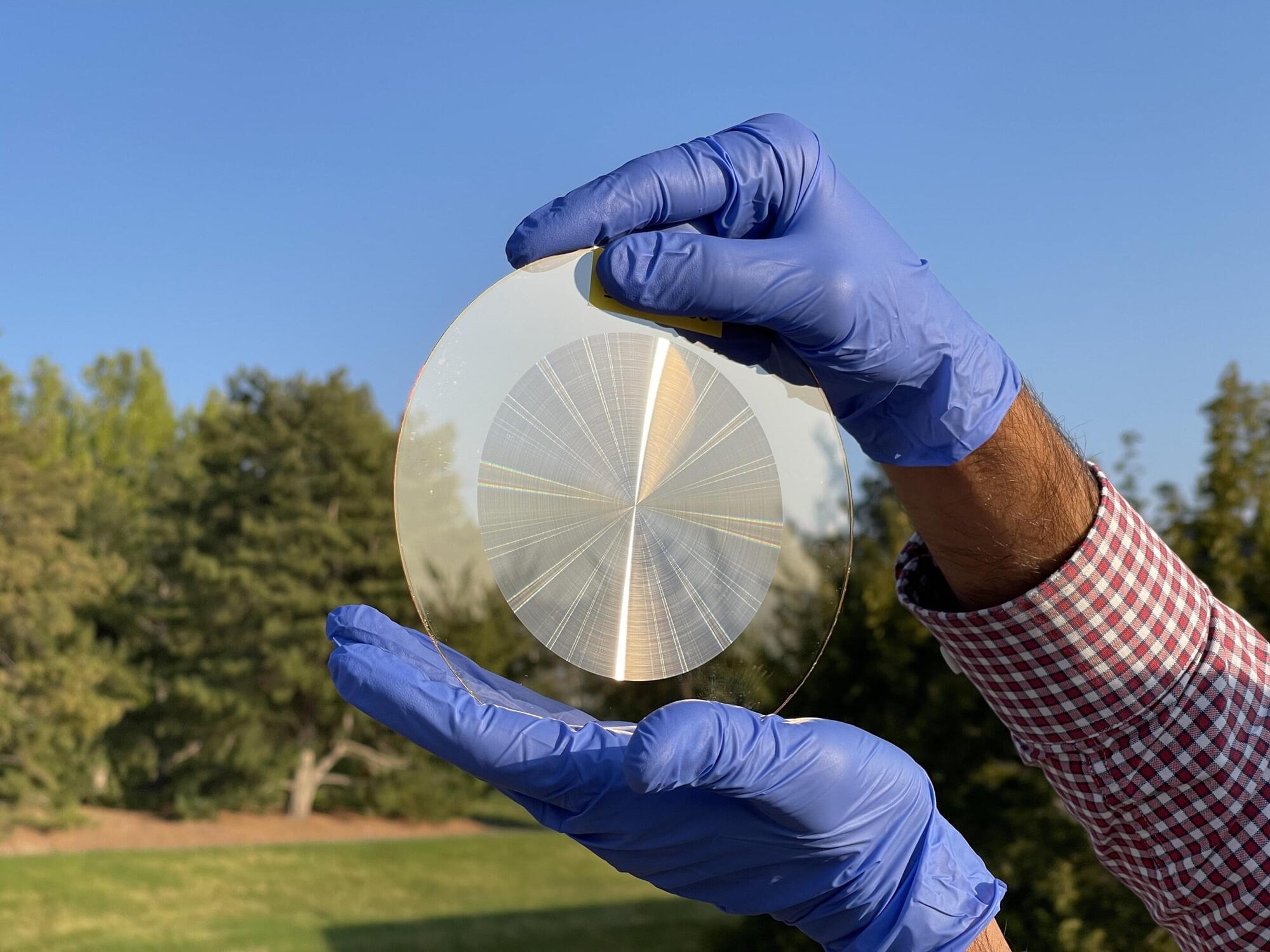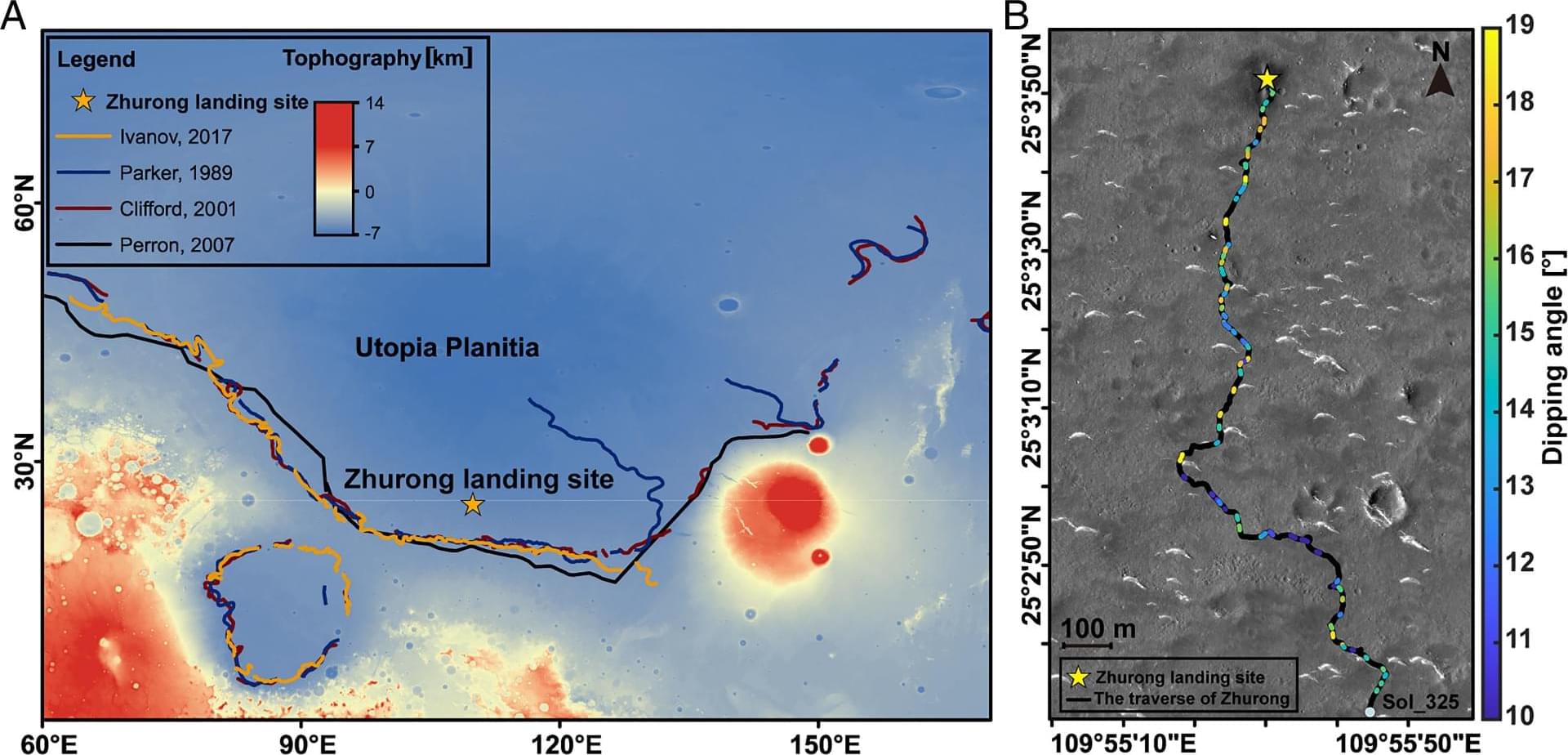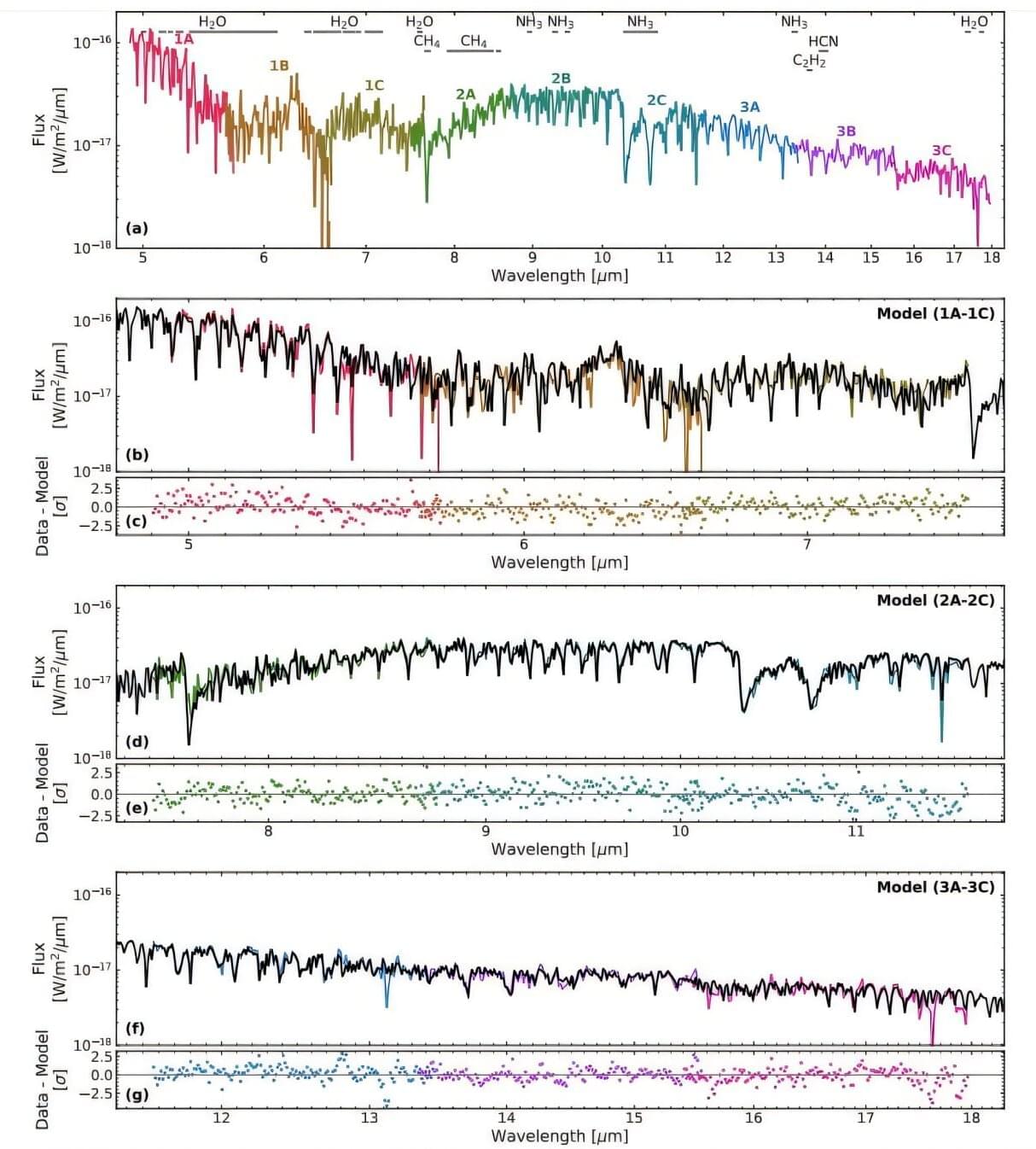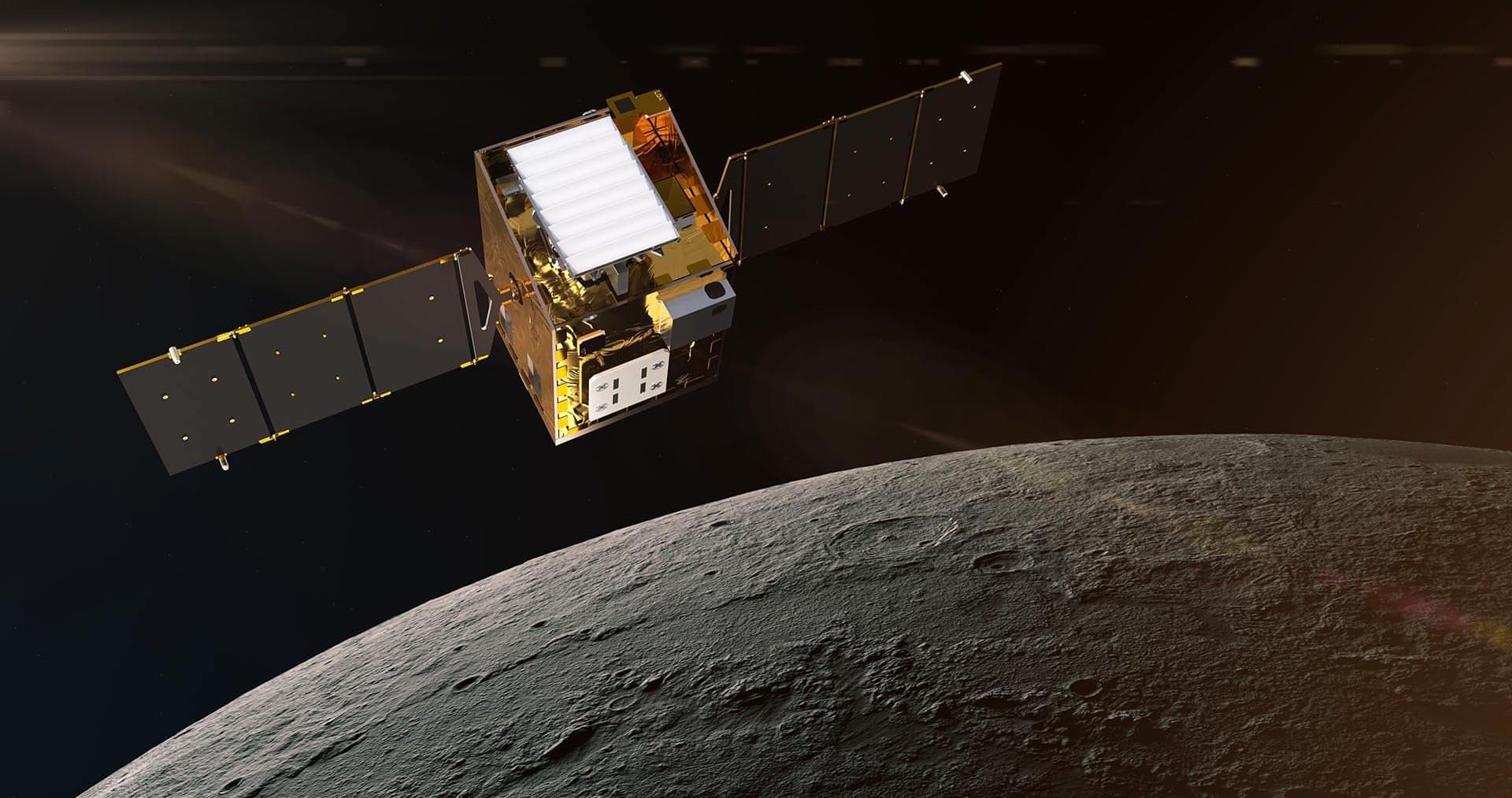A team led by researchers at UNC-Chapel Hill has made an extraordinary discovery that is reshaping our understanding of bubbles and their movement. Imagine tiny air bubbles inside a liquid-filled container. When the container is shaken up and down, these bubbles exhibit an unexpected, rhythmic “galloping” motion—bouncing like playful horses and moving horizontally, despite the vertical shaking. This counterintuitive phenomenon, revealed in a new study, has significant technological implications, from improving surface cleaning and heat transfer in microchips to advancing space applications.
These galloping bubbles are already drawing significant attention. Their impact on fluid dynamics was recently recognized with an award for their video entry at the latest Gallery of Fluid Motion, organized by the American Physical Society.
“Our research not only answers a fundamental scientific question but also inspires curiosity and exploration of the fascinating, unseen world of fluid motion,” said Pedro Sáenz, principal investigator and professor of applied mathematics at UNC-Chapel Hill. “After all, the smallest things can sometimes lead to the biggest changes.”

